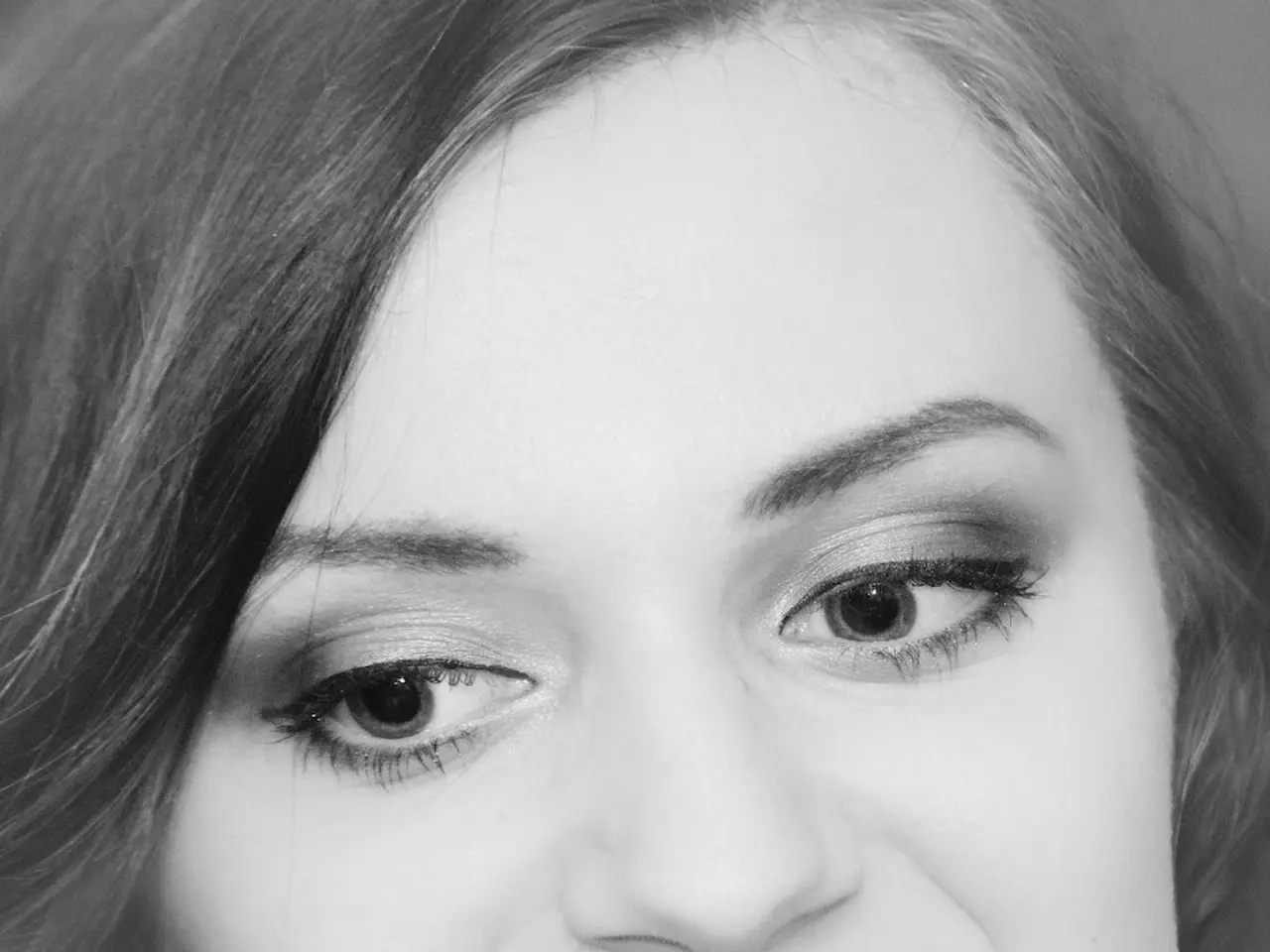Strategies for Softening Laughter Wrinkles, Surgical or Non-Surgical Approaches
Laugh lines, also known as nasolabial folds, can be a source of concern for many as they become more prominent with age. Fortunately, advancements in cosmetic treatments offer effective solutions to reduce their appearance. This article explores the most common nonsurgical options, including dermal fillers, skin tightening procedures, and collagen-stimulating therapies.
1. Dermal Fillers (Hyaluronic Acid or Fat Grafts)
Dermal fillers have emerged as the most popular and effective nonsurgical option for laugh lines. Fillers like Restylane Refyne, Restylane Defyne, and Restylane Lyft restore lost volume by injecting hyaluronic acid gel directly into the folds, lifting the skin and smoothing wrinkles [1][2][3][5]. Restylane Lyft, in particular, is thicker and better for deeper wrinkles. Results typically last from 6 to 18 months but require repeat treatments [3][5]. Fat grafting, another option, uses the patient’s own tissue for volume restoration and has high biocompatibility [1]. However, it may be less effective if the cause is significant cheek sagging, potentially causing puffiness or an unnatural appearance [1].
2. Microneedling and Fractional Radiofrequency (RF)
Microneedling and fractional radiofrequency treatments stimulate collagen production and tighten skin, helping to reduce the appearance of folds by improving skin texture and elasticity [2]. Procedures like Dermapen are minimally invasive and promote natural collagen growth with minimal side effects [2].
3. High-Intensity Focused Ultrasound (HIFU)
HIFU delivers heat energy under the skin to stimulate collagen production and improve sagging, offering a noninvasive "facelift" effect suitable for various skin types [2].
4. Botulinum Toxin (Botox)
While more commonly used for dynamic wrinkles, Botox can complement fillers by relaxing muscles that contribute to repetitive facial motions deepening laugh lines [4].
In summary, dermal fillers remain the frontline nonsurgical treatment for laugh lines due to their effectiveness in restoring volume and smoothing wrinkles. Adjunctive therapies like microneedling, RF, and HIFU offer collagen stimulation and skin tightening to enhance results. Repeat treatments are generally needed to maintain the effects [1][2][3][4][5].
For a more permanent solution, surgical alteration of the brow, neck area, eyelids, or a combination of these may be suggested. It's important to note that the use of hyaluronic acid fillers has evolved to replace volume loss that occurs with aging.
One advantage of hyaluronic acid fillers is that you can see a difference immediately, and they're reversible. Laugh lines around the eyes can deepen with age and become visible even when the face is at rest.
Dr. Steven Bernard, a plastic surgeon, emphasizes the importance of considering skin health and the depth of laugh lines before deciding on treatments.
Remember, laughter is beneficial for both the body and mind. While reducing laugh lines may help boost confidence, the joy and benefits of laughter should never be underestimated.
[1] American Society for Aesthetic Plastic Surgery. (2021). Dermal fillers. Retrieved from https://www.surgery.org/cosmetic-procedures/dermal-fillers
[2] American Academy of Dermatology. (2021). Cosmetic procedures: Fillers. Retrieved from https://www.aad.org/cosmetic/treatments/fillers
[3] Restylane. (2021). Restylane Lyft. Retrieved from https://www.restylaneusa.com/products/restylane-lyft
[4] American Society of Plastic Surgeons. (2021). Botulinum toxin injections. Retrieved from https://www.plasticsurgery.org/cosmetic-procedures/botulinum-toxin-injections
[5] Allergan. (2021). Restylane Refyne. Retrieved from https://www.restylaneusa.com/products/restylane-refyne
- For laugh lines, dermal fillers using hyaluronic acid, like Restylane Refyne, Restylane Defyne, and Restylane Lyft, can restore lost volume, lift the skin, and smooth wrinkles, providing results that usually last from 6 to 18 months but may necessitate repeat treatments.
- Microneedling and Fractional Radiofrequency treatments, including Dermapen, stimulate collagen production and tighten the skin, improving skin texture and elasticity, thus reducing the appearance of laugh lines.
- High-Intensity Focused Ultrasound (HIFU) delivers heat energy under the skin to stimulate collagen production, thereby improving sagging, offering a noninvasive "facelift" effect suitable for various skin types.
- Botox, while typically used for dynamic wrinkles, can complement fillers by relaxing muscles that contribute to repetitive facial motions deepening laugh lines.




